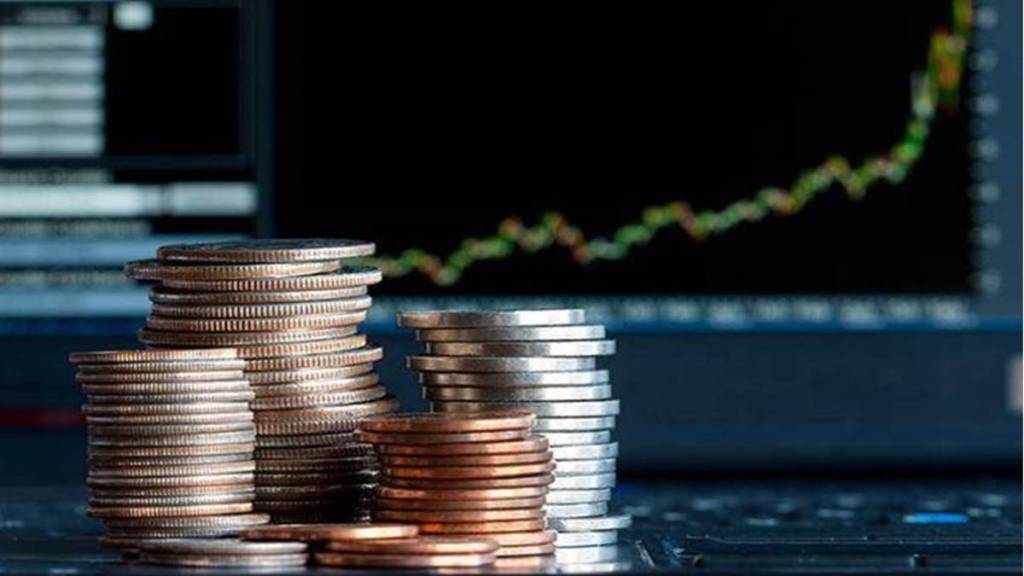Starting from a near-zero interest rate, the aggressiveness that the US Fed has shown to trim inflation had brought the market to its knees by end of last year. Except for a handful of stocks in the S&P 500 and the tech-heavy Nasdaq 100, the broad market is still bleeding and precariously poised.
The Federal Reserve has already raised the target fed funds rate nine times since it started raising rates in March of last year. After the latest rate increase of 25 basis points in March, the Federal funds rate now ranges between 4.75% and 5%, the highest level since 2006. On May 2-3, the FOMC will meet again, and the markets anticipate another rate increase of 25 basis points.
Also Read – US Stock Market: Is it the right time to enter now?
With indications that the economy is slowing down, it is now anticipated that the Fed would pause its cycle of rising interest rates at its upcoming policy meeting. The central bank reduced its prior prediction of 0.5% in December to 0.4% growth for the US economy in 2023.
Also Read: Wall Street searching for answers to three crucial stock market questions
In contrast to the Fed’s predictions from December, the terminal rate, the highest point at which the federal funds rate is anticipated to rise before being reduced, was left unchanged for 2023. The Federal Reserve maintained its estimate of the “terminal rate,” or the point at which its key fed funds rate peaks, at 5.1%, which corresponds to a target range of 5%-5.25%.
Markets are expecting a pause from the US Fed before the central bank starts cutting rates sometime in early 2024. The Fed statement took a notable dovish turn in regards to possible rate hikes, switching from ‘ongoing rate increase’ to ‘some additional policy firming may be appropriate.’
By the end of this year, only one more rate hike is anticipated by the majority of Fed officials, 10 out of 18 members, according to the so-called dot plot, which the Fed uses to communicate its prognosis for the trajectory of interest rates. Seven Fed officials predict that rates will rise above the terminal rate of 5.1%.
A terminal rate is a moving number and depending on the dynamics of the macro environment, it may change. How high the federal funds rate goes before it starts moving down will largely depend on how the economy shapes up and how comfortable the central bank is with the inflation numbers. Till then, markets have to settle with the target range of 5%-5.25%.


